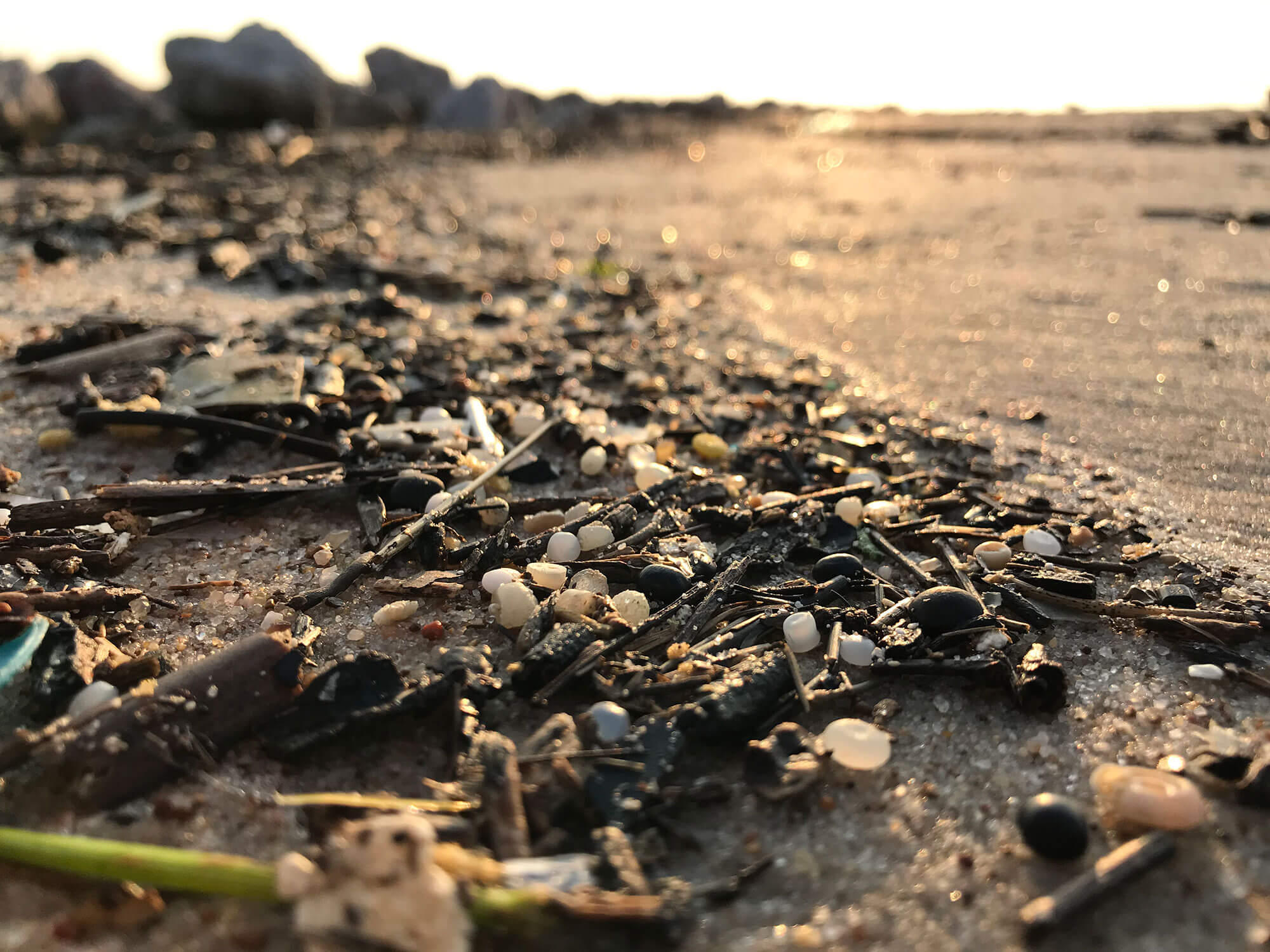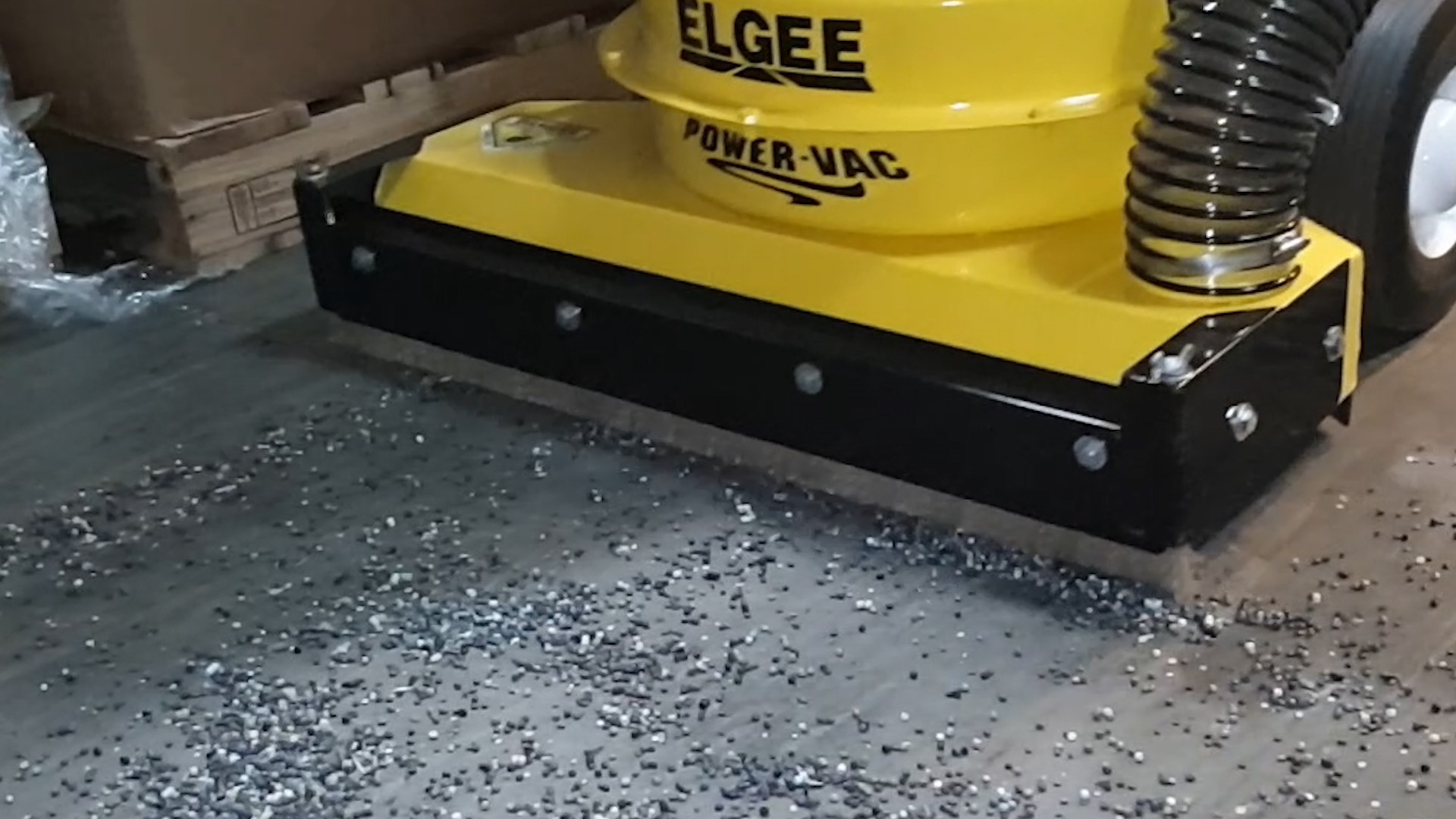Living in a world of pellets that have been lost since plastic started to be produced, those are the point source of the pollution.

HISTORY OF PLASTIC PELLETS OR WHAT WE CALL “NURDLES“
Plastic Pellets have their stage of their lifecycle: from production, to transportation and during final product manufacturing. And billions of them are swept into waterways, adding to harmful levels of plastic pollution in the environment. And one of the affected areas are in the ocean and along coastal waterways, they absorb toxic chemicals and are often mistaken for food by animals. The more the demand of plastic production, the more nurdles arises. If no action is taken, oceans are expected to contain more plastic than fish by 2050.
For some plastic pellets that people never knew were these came from, it is often unclear who is responsible when pollution crosses international borders. Given this example, a storm caused containers filled with roughly 54 tons of nurdles to fall from a ship in Durban, South Africa. By the time the South African authorities began their cleanup attempts; the nurdles had already begun making their way to Australia, and were estimated to arrive about 450 days after the spill, and that’s just one of the beginnings of spreading of Plastic pellets all over the world if not prevented.
At some point, nurdles can be lost at any point during the production and shipping stages. The produced pellets are subsequently transported from the production site, with train, truck and/or ship to the facility where the final product is being molded or extruded from the virgin material but they tend to kind of ping everywhere and get blown easily by the wind. If they’re not very well managed, then they can easily lead to leaks into the environment.
The first scientific reports to document the occurrence of plastic pellets in the environment were published during the 1970’s. Since then plastic pellets have been found in surface water samples and on beaches all over the world.
One example of the spread of plastic pellets was last July 2012 when heavy winds swept through Hong Kong during a storm. The particles, known as “nurdles,” spread through the water around Hong Kong and blanketed the shore. Researchers were worried that marine animals would be mistaken those particles for food sources like fish eggs because scientists have found nurdles in the digestive tracts of birds and fishes though they’re still working to determine the health risks for the animals. That’s why the government warned people to wash their fish thoroughly in case the animals that they have been caught or bought had ingested the particles.
And last 2018, thousands of pounds of nurdles wound up in a stream in Pennsylvania after a semi-truck that was carrying them crashed along a highway. The following year, piles of nurdles washed up on Sullivan’s Island beach near Charleston, South Carolina. And those just were one of the areas who were affected by the plastic pollution.
Constant concentration of pellets; gives 70,000 pellets/day. Rain assumption, pellet spills between rainfalls; 8200 pellets/day. Constant concentration of pellets in the creek, i.e. the measurement is representative of a continuous release; 98,000 pellets/day. Although daily variations may be large, these different assumptions would correspond to an annual release between a minimum of 3 million and a worst case scenario of 36 million pellets. The total weight of the pellets in the sample was 99.28 g resulting in an average weight of 0.02 g/pellet.
HOW DESTRUCTIVE ARE PLASTIC PELLETS TO HUMANS AND ANIMALS?
If Plastic pellets be lost and find their way into waterways and oceans, it can cause danger. That can be caused for them to absorb PCBs, PAHs, DDTs or what we call harmful chemicals that can be more dangerous especially to birds and sea dwellers because they might swallow the small parts and consequently suffer of respiratory disorders just like what they found in the stomachs of marine animals because they often mistaken as fish eggs and marine’s food. Plastic leaks into oceans annually, impacting 260 species, causing fatalities from ingestion, entanglement, suffocation, and drowning. Plastic does an estimated $13 billion in damage to marine ecosystems annually.

Scientists suspect that the small bits of plastic that people ingest through food or drink could carry toxic chemicals like phthalates and bisphenol A (BPA) into our bodies. Nurdles can also absorb contaminants like mercury or the insecticide DDT from rivers and oceans. But the risks to human health are still unknown.
Plastic pellets can absorb toxins such as dioxins from water and transfer them to the marine food web and potentially to human diets, increasing the risk of adverse effects to wildlife and humans.

HOW DESTRUCTIVE ARE PLASTIC PELLETS TO ENVIRONMENT?
Plastic pellets that become lost during transit or manufacturing are also an environmental hazard. And if they will wash up by the millions on beaches, they will eventually leave coastal communities to deal with ramification.
In some country, in a creek near their facility, a group of people caught a lot of pellets when they grab a sample of their soil affecting their Vegetation. It just says that Nurdle Pollution is obvious where they should take immediate action to get rid of those nurdles.
WHAT COULD BE AN ANSWER TO THE CONSTANT CLEANING PROBLEM THAT WAS NOT BEING SOLVED BY A MAN WITH A BROOM?
One recommendation to avoid million dollar fines / penalties and / or facing lawsuit is to use effective and preventive tool or equipment like ELGEE POWER-VAC!
ELGEE POWER – VAC


They needed a system that could clean spills both inside and outside the plant, including the loading dock and around the dumpster area.
We have made something that could be a solution in order for those harmful levels of plastic pollution is prevented. ELGEE POWER-VAC is a vacuum sweeper with enough power to suck up anything we throw at it. We can also use it to clean up pellets, chips, cuttings and also in your warehouse area, you can vacuum shrink wrap, strapping, and chucks of wood from pellets.
Manufacturers and other handlers of plastic resin pellets will need ELGEE POWER-VAC to control the mess and clean-up of plastic pellets under and around equipment, in floor cracks and crevices, corners and in door runners. It can really be made easy and efficient.




